
What treats are safe for 8 week old puppies
What treats are safe for 8 week old puppies? It’s a question that new dog owners in the US often ask when starting training—those tiny
Your short-haired dachshund's adorable sausage-shaped body and sleek coat might make bath time seem straightforward, but there's actually more nuance to proper bathing frequency than many owners realize. These charming little dogs have specific skin and coat needs that, when understood properly, can keep them healthy, comfortable, and looking their absolute best.
Short-haired dachshunds possess a unique double-layer coat structure that's deceptively simple. While their outer coat appears smooth and minimal, beneath lies a delicate ecosystem of natural oils and protective barriers that work tirelessly to maintain skin health. Unlike their long-haired cousins, these dogs don't trap as much dirt or debris, but their skin tends to be more sensitive to environmental changes and chemical irritants.
The sebaceous glands in your dachshund's skin produce essential oils that create a natural protective barrier against bacteria, allergens, and moisture loss. This oil production varies significantly between individual dogs, influenced by factors like age, diet, genetics, and even seasonal changes. Understanding this biological rhythm becomes crucial when determining your dachshund bathing routine, as disrupting this natural balance can lead to uncomfortable skin conditions.
What makes short-haired dachshunds particularly interesting from a grooming perspective is their skin's tendency toward sensitivity. Their breeding history, originally developed for hunting in German forests, created dogs with skin that's responsive to environmental changes but also prone to irritation when over-cleaned. This sensitivity means that while they don't require frequent baths, the baths they do receive need to be thoughtfully planned and executed.
Many well-intentioned dachshund owners find themselves caught in a frustrating cycle of skin problems that seem to appear out of nowhere. Over-bathing ranks among the most common culprits behind these issues, though it often goes unrecognized because we associate cleanliness with health. When you bathe your short-haired dachshund too frequently, you're essentially stripping away those protective natural oils faster than their skin can replace them.
This disruption creates a cascade of problems. First, the skin becomes dry and flaky, leading many owners to believe their dog needs more frequent baths to address the "dirty" appearance of flaky skin. The irony is heartbreaking – the solution they're reaching for actually worsens the underlying problem. Dry, compromised skin becomes more susceptible to bacterial infections, allergic reactions, and persistent itching that can drive both you and your dachshund to distraction.
Another challenge specific to short-haired dachshunds involves their unique body shape. Their elongated torso and short legs create areas where moisture can become trapped after bathing, particularly around the chest and belly. If not properly dried, these areas can develop hot spots or fungal infections that require veterinary intervention. The bathing frequency for short haired dachshund care must account for this anatomical reality.
Some owners also struggle with the opposite extreme – under-bathing due to fear of skin irritation. While this approach is generally safer than over-bathing, it can still lead to problems. Accumulated dirt, pollen, and environmental allergens can build up on the skin and coat, potentially triggering allergic reactions or skin inflammation in sensitive dogs.
So how often should you actually bathe your short-haired dachshund? The science-backed answer is refreshingly straightforward: every 6-8 weeks under normal circumstances. This timeframe allows your dog's skin to maintain its natural oil balance while ensuring they stay clean and comfortable.
However, several factors can modify this baseline recommendation. Dogs who spend significant time outdoors, particularly those who enjoy digging or rolling in grass, may need baths every 4-6 weeks. Conversely, senior dachshunds or those with particularly sensitive skin might do better with baths every 10-12 weeks, supplemented by gentle wipe-downs with pet-safe cleansing wipes.
The key lies in observing your individual dog's needs rather than adhering rigidly to any schedule. A healthy short-haired dachshund should have skin that feels supple (not dry or oily) and a coat that maintains its natural shine without looking greasy or dull. If you notice your dog scratching more than usual, developing a stronger odor, or if their coat appears lackluster, these signs might indicate it's time for a bath – or conversely, that you've been bathing too frequently.
Environmental factors play a significant role in determining optimal bathing frequency. Dogs living in humid climates might need slightly more frequent baths due to increased bacterial growth, while those in dry climates often benefit from longer intervals between baths. Similarly, dogs with allergies may require more frequent bathing with specific therapeutic shampoos, but this should always be done under veterinary guidance.
Selecting appropriate bathing products represents perhaps the most crucial aspect of short haired dachshund skin care tips. The pet product market can feel overwhelming, but focusing on a few key principles will guide you toward the best choices for your companion.
Look for shampoos specifically formulated for sensitive skin, ideally those labeled as hypoallergenic and free from harsh chemicals like sulfates, parabens, and artificial fragrances. The best shampoo for short haired dachshunds typically contains gentle, moisturizing ingredients like oatmeal, aloe vera, or coconut oil derivatives. These ingredients clean effectively while supporting the skin's natural moisture barrier.
pH balance matters more than many owners realize. Dogs' skin has a different pH than human skin – typically ranging from 5.5 to 7.5 compared to humans' 4.5 to 6.5. Using human shampoo, even baby shampoo, can disrupt this balance and cause irritation. Always choose products specifically designed for dogs.
For dachshunds with particularly sensitive skin, consider oatmeal-based shampoos or those containing ceramides, which help restore and maintain the skin's protective barrier. If your dog has been diagnosed with specific skin conditions, your veterinarian might recommend medicated shampoos containing ingredients like chlorhexidine or ketoconazole, but these should only be used under professional guidance.
Conditioners aren't always necessary for short-haired dachshunds, but they can be beneficial for dogs with dry skin or those living in harsh climates. If you choose to use a conditioner, select one that's lightweight and rinses cleanly to avoid residue buildup that can attract dirt.
Creating a stress-free, effective bathing experience requires preparation and patience. Start by gathering all your supplies before bringing your dachshund to the bathing area. You'll need appropriate shampoo, several clean towels, a non-slip mat for the tub or sink, and a gentle spray attachment or cup for rinsing.
Water temperature should be lukewarm – warm enough to be comfortable but not hot enough to dry out the skin or cause stress. Test the water on your wrist just as you would for a baby's bath. Short-haired dachshunds can become chilled easily due to their minimal coat, so ensure your bathing area is warm and draft-free.
Begin by thoroughly wetting your dog's coat, working from the neck down toward the tail. Avoid getting water directly in their ears, as dachshunds can be prone to ear infections. Apply shampoo in small amounts, working it into a gentle lather with your fingertips rather than your nails. Pay special attention to areas that tend to accumulate oils, such as the base of the tail and behind the ears.
The rinsing phase is crucial and often underestimated. Soap residue left on the skin can cause irritation and itching, so rinse thoroughly until the water runs completely clear. This might take longer than you expect, particularly in areas where the coat is denser.
Drying requires special attention due to your dachshund's body shape. Use clean, absorbent towels to gently squeeze moisture from the coat rather than rubbing vigorously, which can cause tangles and skin irritation. Pay particular attention to drying the chest, belly, and leg areas where moisture can become trapped. If your dog tolerates it, a blow dryer on the cool setting can speed the process, but maintain a safe distance to avoid overheating their sensitive skin.
While establishing a regular dachshund bathing routine helps maintain your dog's health, certain situations warrant professional veterinary attention. Persistent scratching, unusual odors that return quickly after bathing, red or inflamed skin, or any changes in your dog's skin texture or appearance should prompt a veterinary consultation.
Sudden changes in your dog's tolerance for their regular bathing routine might also indicate underlying health issues. If a previously bath-tolerant dog suddenly becomes anxious or resistant, or if they develop skin reactions to products they've used successfully before, these changes deserve professional evaluation.
Regular veterinary check-ups, typically annually for healthy adult dogs, provide opportunities to discuss your bathing routine and address any skin health concerns before they become serious problems. Your veterinarian can also recommend specific products or modifications to your routine based on your dog's individual needs and any health conditions they might develop over time.
Remember that every short-haired dachshund is unique, and what works perfectly for one dog might need adjustment for another. The goal is maintaining healthy, comfortable skin while strengthening the bond between you and your beloved companion through positive grooming experiences that keep them looking and feeling their best.

What treats are safe for 8 week old puppies? It’s a question that new dog owners in the US often ask when starting training—those tiny
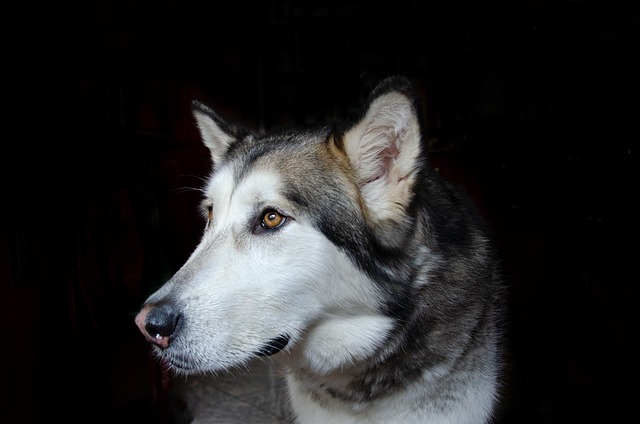
Your dog just had deworming treatment, and you want to make sure their recovery goes smoothly. That means paying extra attention to what goes into their bowl in the days following the procedure.
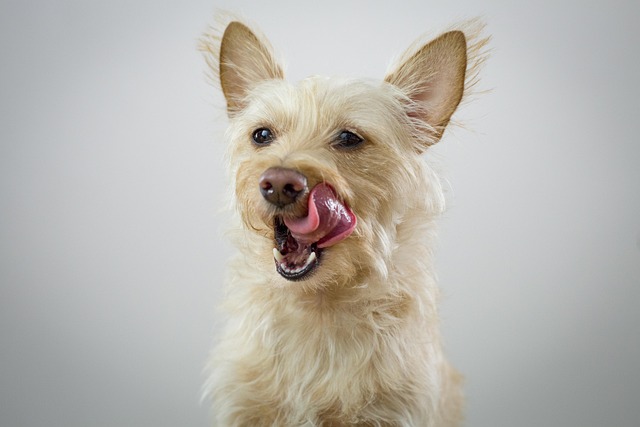
What do dogs think when you leave them for a week? It’s a question that tugs at the heart of every new dog owner in the US, especially when booking that long-awaited vacation.
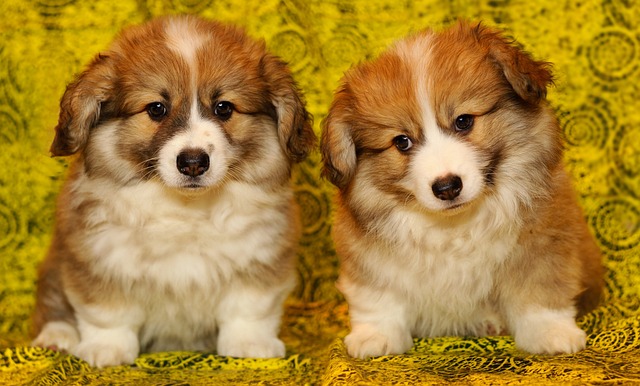
How do I tell if my dog has anxiety? It’s a question that sneaks up on many new dog owners in the US—maybe your pup paces nonstop when you grab your keys,
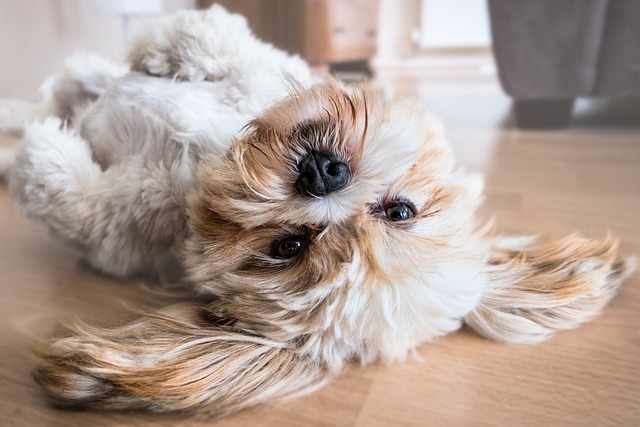
Bichons are like little balls of energy wrapped in fluffy white fur—their bright eyes and wagging tails make it hard to stay mad, even when they’re chewing your favorite shoes or darting through the house with a stolen sock.
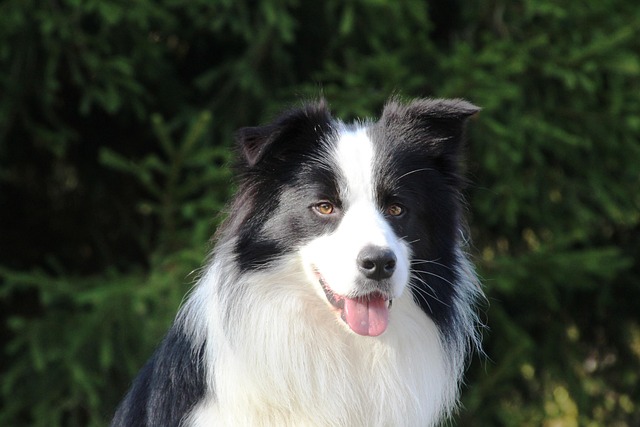
Bringing home a first dog is a huge step—exciting, a little scary,and full of big decisions.One breed that often pops up in conversations is the Border Collie,with those bright eyes and that reputation for being'smartest in the class.'